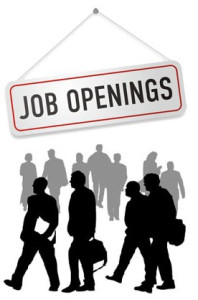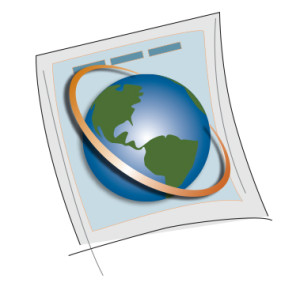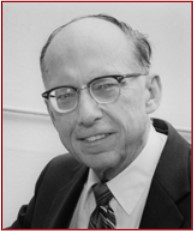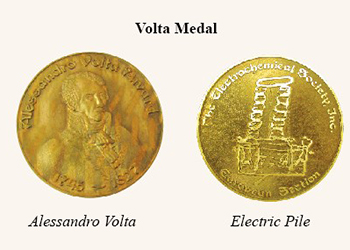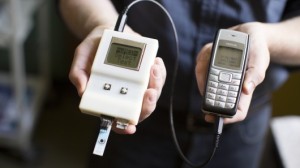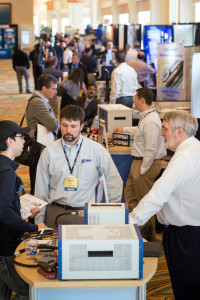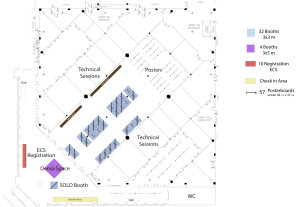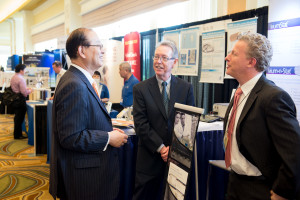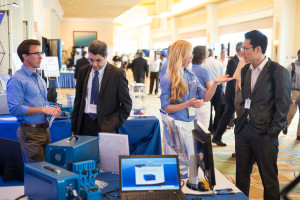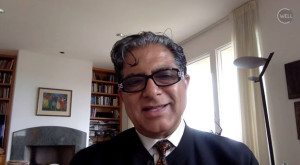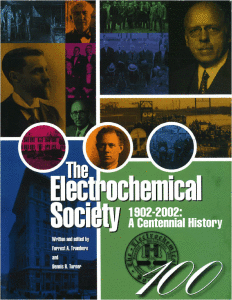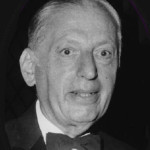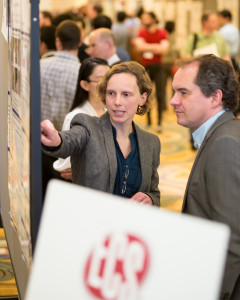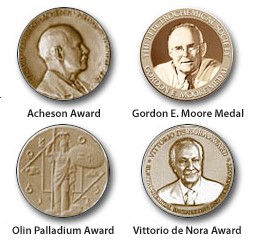
Through our Honors and Awards and Program, ECS recognizes outstanding technical achievements in electrochemistry and solid-state science and technology
Nomination deadlines are fast approaching for Society awards.
Olin Palladium Award
Deadline: October 1, 2014
This important award was established in 1950 for distinguished contributions to the field of electrochemical or corrosion science.
The recipient shall be distinguished for contributions to the field of electrochemical or corrosion science. The award recognizes outstanding contributions to the fundamental understanding of all types of electrochemical and corrosion phenomena and processes. The recipient does not need to be a member of The Electrochemical Society. There shall be no restrictions or reservations regarding age, sex, race, citizenship, or place of origin or residence.
The award shall consist of a Palladium medal and a plaque that contains a bronze replica thereof, both bearing the recipient’s name, the sum of $7,500, complimentary meeting registration for award recipient and companion, a dinner held in recipient’s honor during the designated meeting, and Life Membership in The Society.


